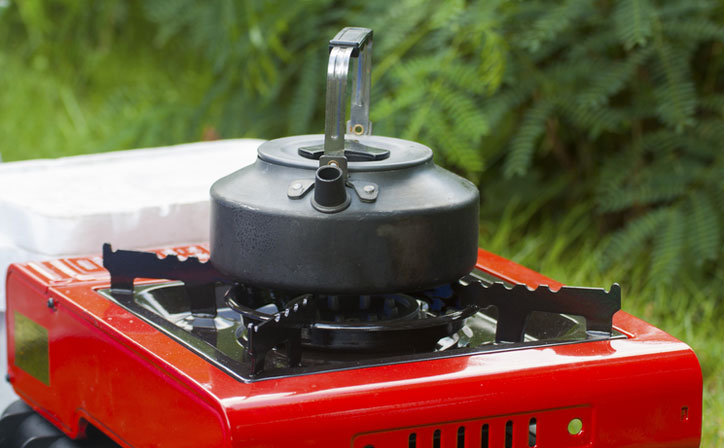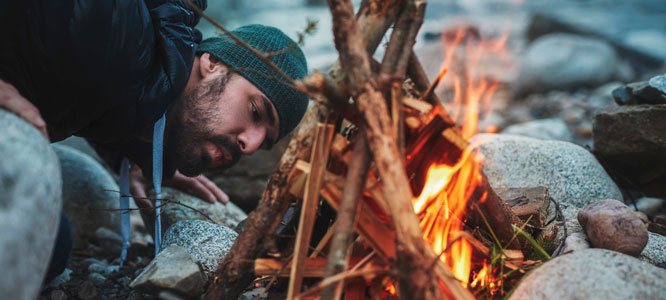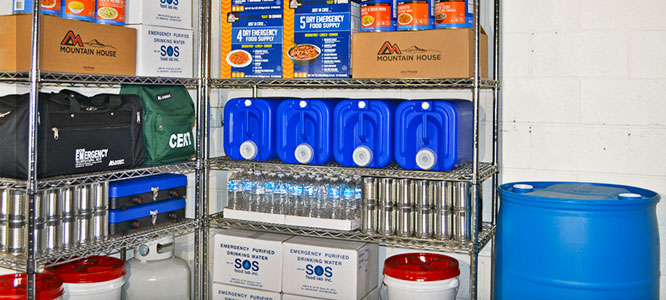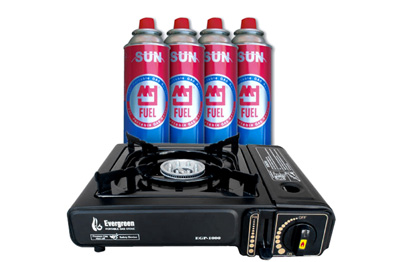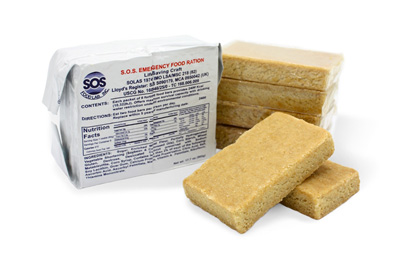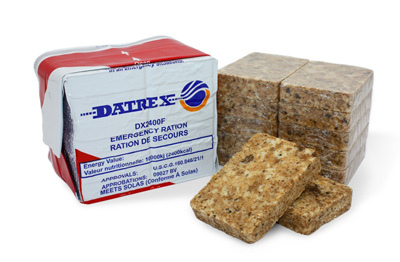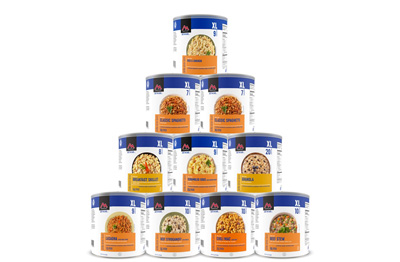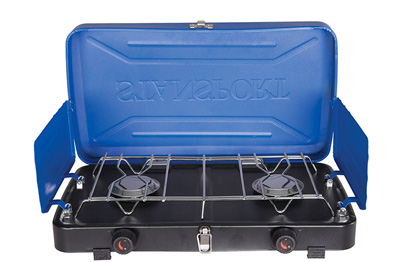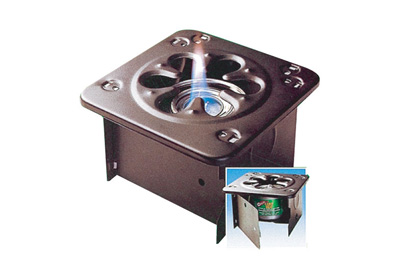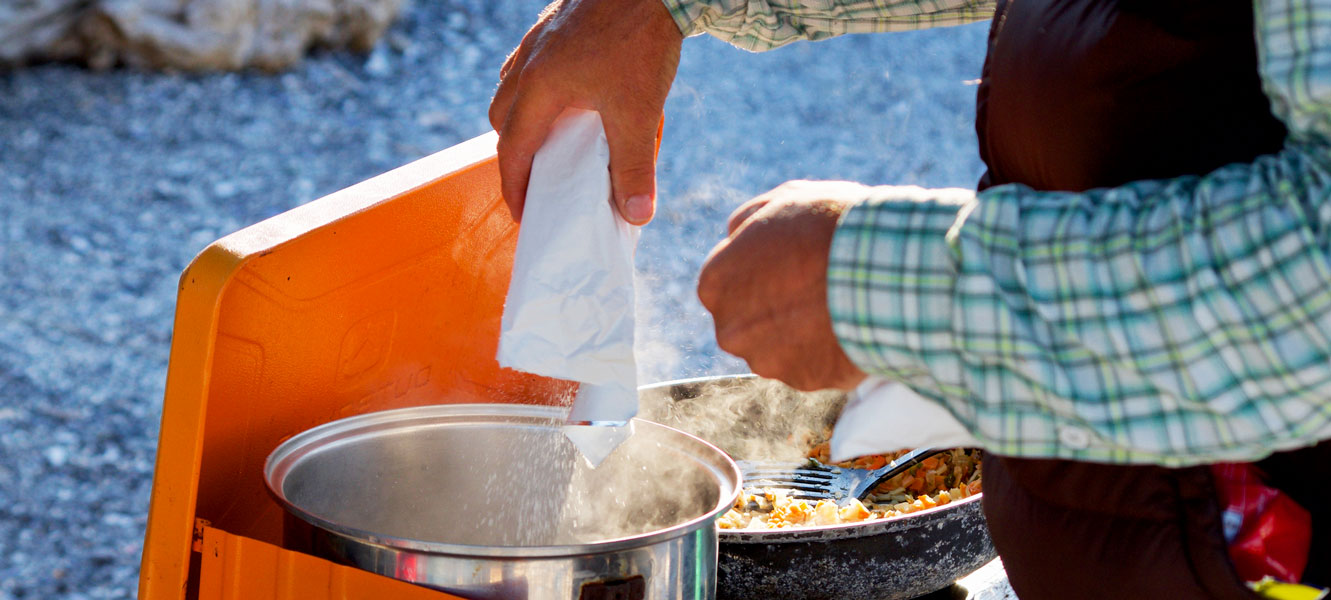
How to Cook in an EmergencyTuesday, March 16, 2021 When a hurricane hits, a blizzard moves in, or when you lose power for an extended period of time, staying healthy and cooking real meals can become a challenge. However, those who prepare for emergencies and keep survival food a nd equipment stored away can continue to cook during and after disasters, and without electricity. The Best Food for Survival CookingThe key to building up your emergency food storage is to ensure you're stocking up on the right type of food. The best survival foods are non-perishable items that have high calorie counts and good nutritional value. Ideally, your pantry should be stocked with a variety of food that can be used for survival cooking for two weeks. Some of the best foods for survival cooking include rice, beans, salt, canned food (canned meat, fruit, canned vegetables), pasta and peanut butter. And of course, make sure your preps include water. While emergency food bars and SOS Food bars from SOS Survival Products are perfect options both for building up your survival food storage and taking with you on outdoor adventures, during extended emergencies you won't want to rely on food bars alone. We also recommend freeze dried food such as Mountain House, which can be stored unopened for 7 to 25 years. A freeze dried meal is a great option in an emergency situation.
Emergency Cooking EquipmentIn order to cook without power, you'll need an emergency cooking stove that uses cooking fuel from a portable source. Cooking fuel options include (but are not limited to) butane, propane, canned heat cooking fuel, and wood. Types of Cooking Fuel
Get to Know Your Emergency StoveRemember, your emergency cooking stove should be one you are familiar with (before an emergency occurs) and one you are comfortable using. If you don't test and figure out how to use your survival stove and other equipment before an emergency situation begins, your equipment could end up being useless. Make sure you also have equipment for cooking, like a good cast iron frying pan and dutch oven. Preparing for Survival CookingToday, preparing for emergency situations is easier than ever. From emergency food bars to emergency cooking stoves that can be used for both indoor and outdoor survival cooking, emergency equipment and supplies are widely available. SOS Survival Products is happy to provide you with quality emergency supplies at great prices. Have questions about survival cooking or storing the best survival food? Let us know! We're happy to provide support and answers about any products in our store. |


